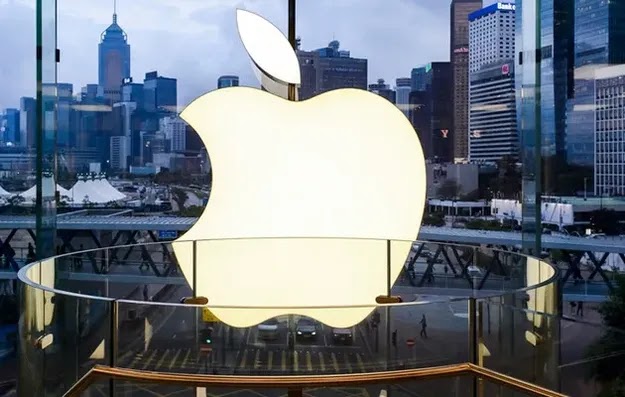The pandemic has affected many different industries, one of which is aviation. The debt of the airline industry has surpassed imaginable levels (nearly 400 billion USD), banks are constantly asking for payment. The deadline to pay the huge numbers is by the end of the decade, or the bank has to stop lending and recover assets. Many airlines have to reduce ticket prices to attract customers, but it is difficult because of the fear of disease among many tourists.
Two years of Covid have messed up the system the airline industry uses to set ticket prices. Specifically, fares are usually based on the analysis of the previous year's passenger traffic, which is continuously updated based on passenger demand data. Right now, that store of information is completely empty and useless. The epidemic situation makes the only data we have is 2019, and of course it cannot be used to predict for 2022 or any other year.
“They will go blind if they rely on old data. Normally, the closer to the flight date, the higher the ticket price will be due to the urgent need to book flights, but that will not be in the current epidemic situation. Customers have to think very carefully before deciding to book or cancel a flight, they even have to do it months in advance,” said Oliver Ranson, former QCSC executive at Qatar Airways, who advises airlines. aviation on pricing policy.
John Harrison, a former Iberian revenue manager and now an employee of Cumberland Consulting, says low-cost carriers have a number of advantages in this situation. These airlines focus only on filling seats on simple routes, so they prefer to use real-time pricing systems, rather than data from the previous season. With a complex global network, they quickly attracted guests and won the game.
Storing information on computers is now 1% cheaper than it was 20 years ago, but unlike consumer companies, the airline industry has been slow to use alternative sources of information to predict demand. "What the airline industry is using is 20 to 30 years ago, it's the reservation system with the structure and data communication primitive," he said.
According to Ranson, alternative sources of information come in three main forms. The first is a social network, which allows them to raise prices, utilize reserves, and create popular new destinations. Next is credit card data, which shows when people started traveling, paying a lot for food needs, jewelry, theater tickets. The final type of information is from mobile phones and communication platforms like Zoom, the increased amount of time talking is indicative of customers' explosive travel demand soon.
Of course, none of this data comes cheap. The reason why the airline industry delayed innovating the way tickets was sold was because they had to deal with the operation and daily maintenance of the entire system. The above strategy is completely fine if placed in the time of previous years, but in the time of post-Covid recovery it is no longer effective.
However, things will soon change. The airline industry must soon adapt and develop to generate income if it does not want to go bankrupt due to debt.
Instead of keeping ticket prices low to attract tourists, the airline industry is upgrading ancillary services such as baggage fees, in-flight meals, aisle seats and flexible airfares to increase salary. These costs were initially offered on a ticket-specific basis, now customizable as a commercial product. The airline industry is trying its best to cover losses and avoid heavy losses caused by too low or too high prices.
Covid 19 has put unprecedented strain on the global aviation industry. Even if they don't want to, it will be the passengers who will have to pay to restore it.















